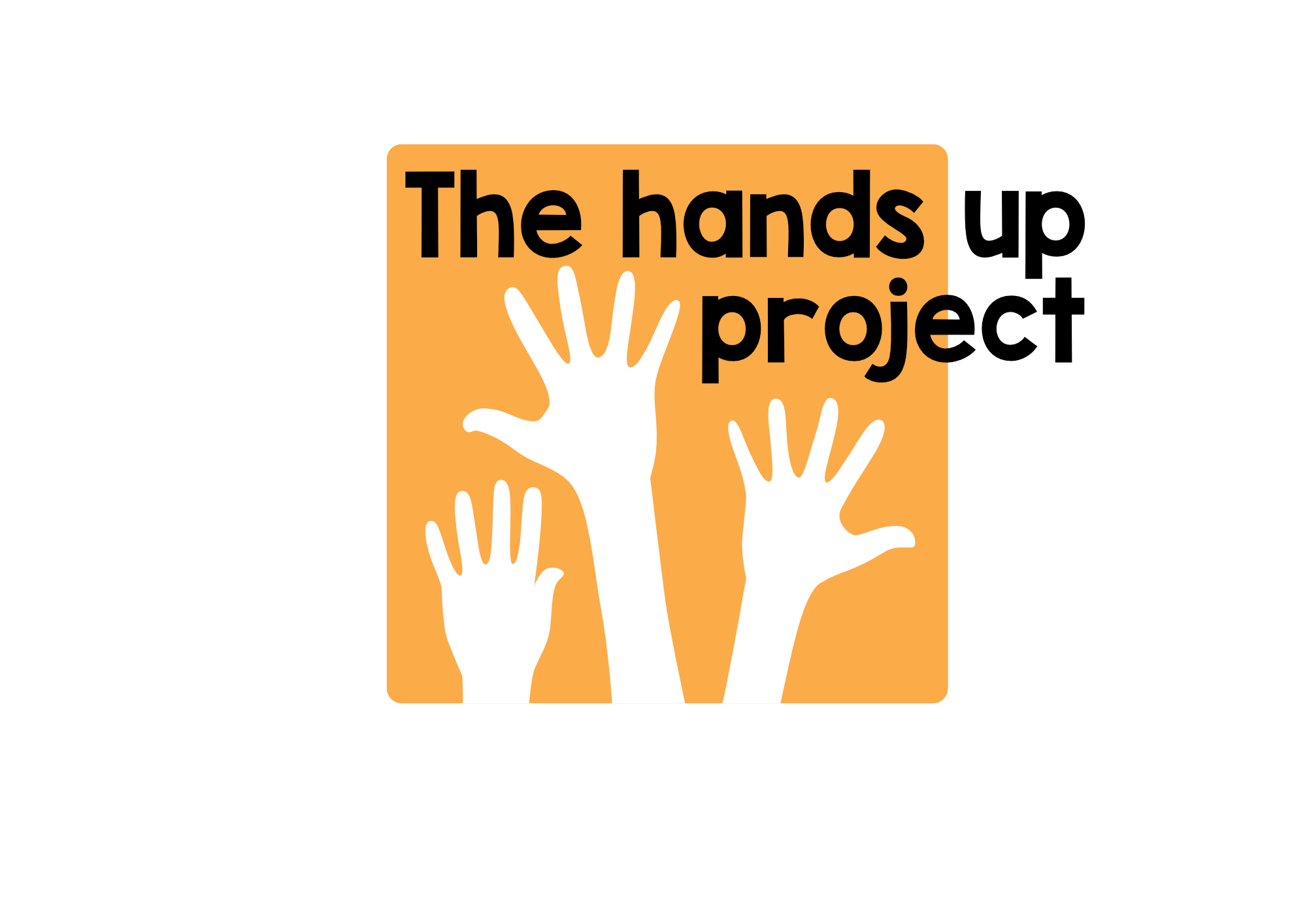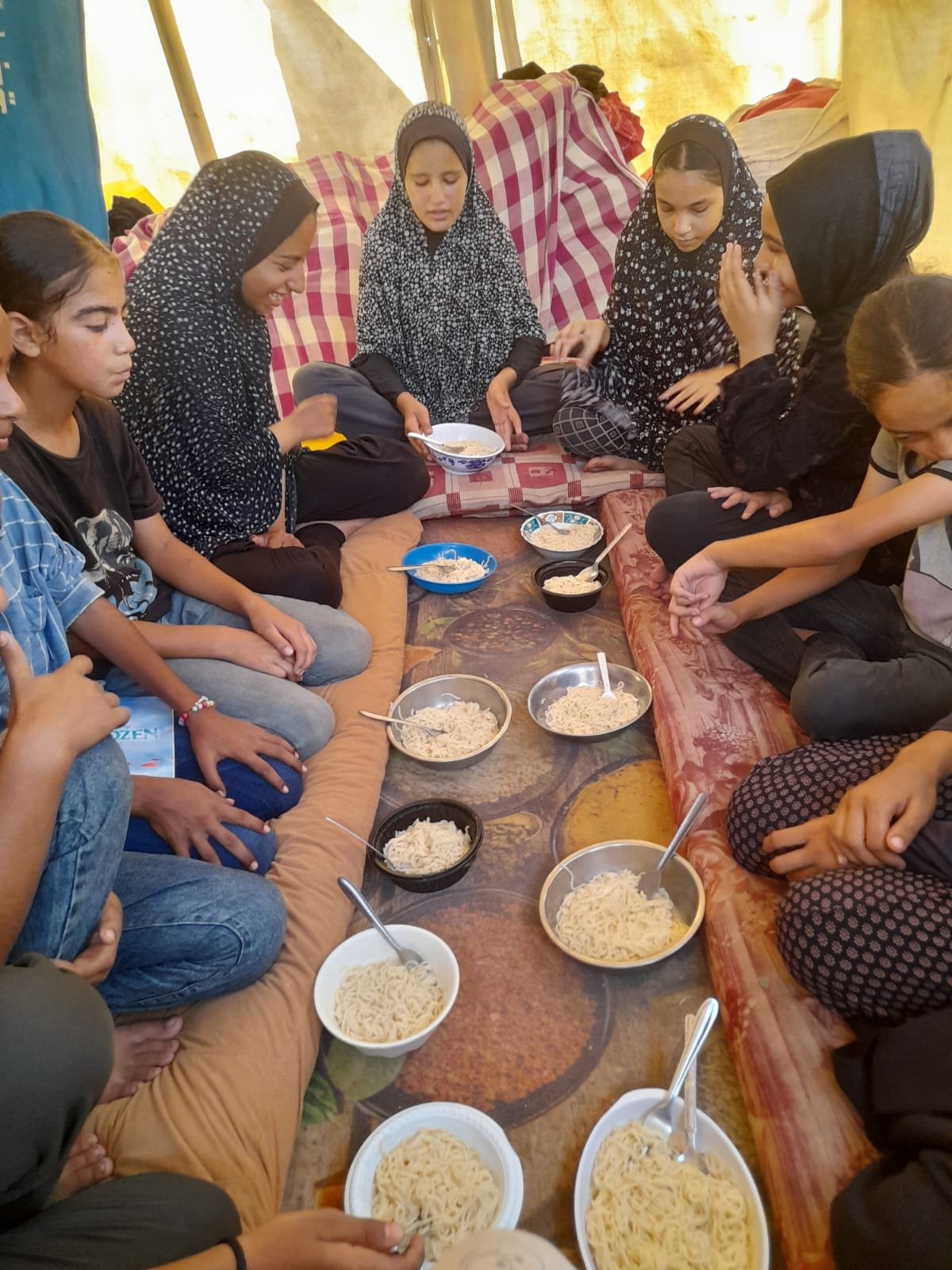How Teachers in Gaza Use 'Nasreddin and the Dinner Party' to Teach English
The story "Nasreddin and the Dinner Party" from Stories Alive has become a key tool for teaching English, thanks to the creative work of three dedicated teachers—Hana, Hussam, and Wafaa. Each teacher has adapted the story to fit their students' needs, using a range of activities to improve language skills and offer a much-needed break from their challenging lives.
The Story: Nasreddin and the Dinner Party
Nasreddin and the Dinner Party" features Nasreddin, celebrated for his wit and humor. This story, highlighting Nasreddin's amusing experiences at a dinner party, offers a fantastic foundation for interactive educational activities. It provides a fun way to learn English through humor, engaging activities, and role play, while also offering students a pleasant break from their daily challenges.
Hana’s Approach: Boosting Writing Skills
Hana focuses on enhancing writing skills using the story summary. Her methods include:
Fill-in-the-Blanks: Students complete a partially filled summary of the story, which helps with vocabulary and understanding the story’s structure.
Jumbled Letters: Students unscramble letters to form words from the story, reinforcing spelling and vocabulary.
Past Continuous Tense: Hana uses sentences from the story to teach the past continuous tense, helping students grasp this grammatical concept.
Wafaa’s Approach: Grammar, Sentence Building, and Performance
Wafaa emphasizes grammar and sentence construction in her teaching. Her approach includes:
Negative Form of the Past Tense: Students learn to use the negative form of the past tense with sentences from the story, which helps them grasp and apply this grammatical rule.
Classifying Objects: Students categorize objects from the story into clothes, body parts, or food, aiding in vocabulary building and comprehension.
Sentence Writing: Students write sentences to summarize the story, practicing sentence structure and narrative order.
Additionally, Wafaa encourages learning through performance. The girls performed a play using the script found in the Stories Alive book, bringing the story to life and further reinforcing their language skills through role play and creative expression.
Hussam’s Approach: Interactive Reading
Hussam focuses on interactive reading and comprehension to enhance students' English language skills. His methods include:
Reading Sessions: He uses a projector to display the story while reading aloud, helping students with reading skills and pronunciation.
Listening and Reading Aloud: Students listen to Hussam and then take turns reading passages, which builds fluency and confidence.
Interactive Discussion: Hussam prompts students to discuss the story’s content, deepening comprehension and engagement.
Role Play and Dramatic Reading: He incorporates role play and dramatic reading, making learning more dynamic and memorable.
The Impact
Through their creative use of "Nasreddin and the Dinner Party," Hana, Hussam, and Wafaa offer more than just English lessons. Their activities provide students with a valuable escape from conflict and a chance to explore a world of learning and imagination. By blending storytelling with effective teaching techniques, these teachers help students build language skills while offering a much-needed break from their daily challenges.
The varied approaches of Hana, Hussam, and Wafaa highlight the powerful role of storytelling in education. Despite the difficulties they face, these teachers are committed to giving their students enriching and engaging learning experiences.






